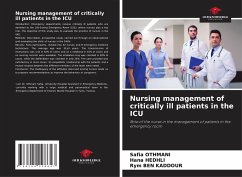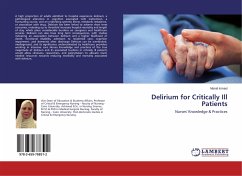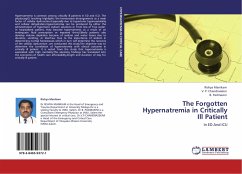Introduction: Emergency departments receive critically ill patients who are admitted to the Life-Saving Emergency Room (LSE), where nurses play a key role. The objective of this study was to evaluate the practice of nurses in the VAS.Methods: Descriptive, prospective study, carried out through an observational grid evaluating the skills of nurses in the SAUV.Results: Forty participants, divided into 32 nurses and 8 emergency medicine technicians. The average age was 32±5 years. The transmission of instructions was oral in 62% of cases and on a notebook in 55% of cases and no nursing records were available. The intubation tray was checked in 82% of cases, while the defibrillator was checked in only 25%. The care provided was satisfactory in most cases. An empathetic relationship with the patients and a mutual respect between the different members of the team were noted.Conclusion: The inadequacy of the attitudes observed among nurses leads us to propose recommendations to improve the behaviour of caregivers.
Bitte wählen Sie Ihr Anliegen aus.
Rechnungen
Retourenschein anfordern
Bestellstatus
Storno








